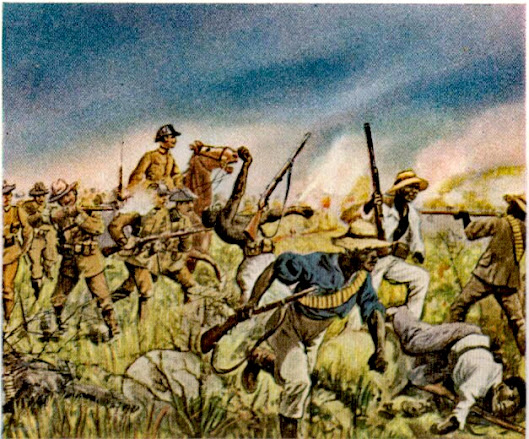In recent years, right-wing terrorism has been on the increase in Germany. The worst case of right-wing terrorism was perpetrated by the National-Socialist Underground or NSU. The NSU murdered ten people, including a police officer, while also committing forty-three attempted murders, three bombings and several robberies between 2000 and 2007. Today Germany’s radical right has created a follow-up organisation called NSU 2.0. Despite a court case against the NSU, right-wing terrorism continues unabated. In 2019, a Neo-Nazi tried to kill fifty Jewish worshipers in a synagogue in the eastern German city of Halle. Though this extremist failed to kill Jews but he still managed to murder two other people.
In 2020, another German Neo-Nazi killed nine people, as well as his mother and himself in the western German city of Hanau. One of the more infamous political assassination by Germany’s right-wing extremists was of Regierungspräsident (region district president) Walter Lübcke in 2019. The worst excess of right-wing terrorism, however, occurred more than forty years ago in Munch in 1980. It became known as the “Octoberfest bombing” when Neo-Nazi Gundolf Köhler murdered thirteen people.
Right-wing terrorism in Germany has a one-hundred year old history. Dating back to the end of the Great War (World War I), argues Florian Huber in his book Revenge of the Losers. The beginnings of right-wing terrorism in Germany date to the tumultuous years of what one of Germany’s most astute observers, Sebastian Haffner, once called “a failed revolution” in his seminal book, Failure of a Revolution. This was an era of private militias, militant gangs of trade unionists and communists, and various nationalist groups fighting during the anarchy that followed the end of the First Reich’s monarchy. (more...)

No comments:
Post a Comment